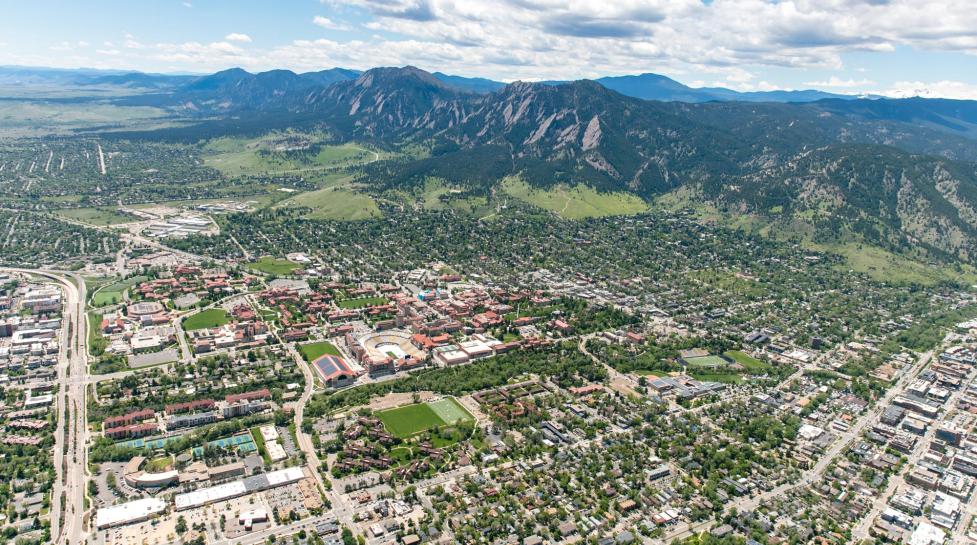The inventories point to electrification, transportation, and systems change as continued areas of focus for climate efforts. Overall, community emissions dropped 2% from 2021 and 18% since 2018
The city has released three inventories, the 2022 Community Greenhouse Gas Inventory, 2022 City Facilities and Operations Greenhouse Gas Inventory and the 2021 Community Consumption-based Emissions Inventory to help paint a broad picture of Boulder’s emissions.
Each year, the city’s climate team measures where Boulder’s greenhouse gas emissions come from and tracks the community’s progress in reducing them. Greenhouse gases, such as carbon dioxide and methane, trap heat in Earth’s atmosphere, which contributes to climate change.
Together, the inventories indicate significant progress and highlight the positive impacts Boulder’s efforts continue to have at local, state and national levels. They also recognize where accelerated efforts are needed to reach the city’s climate goals, with energy use and transportation identified as key areas for continued work and investment.
A focus on decarbonizing our energy supply
In alignment with previous years, the city’s largest emissions source is electricity. The city’s goals to electrify transportation and reduce natural gas use in buildings will shift more energy consumption to electric, making continued focus on how electricity is produced critical. However, thanks to the advocacy of Boulder and many others, Boulder’s electricity supply continues to become cleaner each year.
Transportation emissions on the rise
Transportation emissions showed the biggest increase across inventories. The increase was observed to come from trips that crossed Boulder’s borders, largely from regional commuters and recreation. This is likely the result of a multi-year trend, and a recent employee commute survey found people working in Boulder live further away, transit use is down, and more people drive to work alone than in previous years. Addressing transportation emissions will require Boulder to continue collaborating with regional partners to change how people travel.
The story of climate action in Boulder
The city’s ongoing efforts to track emissions contributed to Boulder being recognized by the Carbon Disclosure Project (CDP) as one of 119 cities across the globe taking bold leadership on environmental action and transparency. CDP, an international non-profit, reviews environmental data provided by local governments to evaluate how well cities are addressing the climate crisis while being transparent about their progress.
Additionally, the city recently published its first Climate Action StoryMap to assess its impact and progress in moving toward a more resilient and equitable climate future. The StoryMap spotlights city initiatives and partnerships that illustrate climate action, focus on inclusivity and demonstrate the city’s leadership in driving policies to change systems at the root of climate change.
